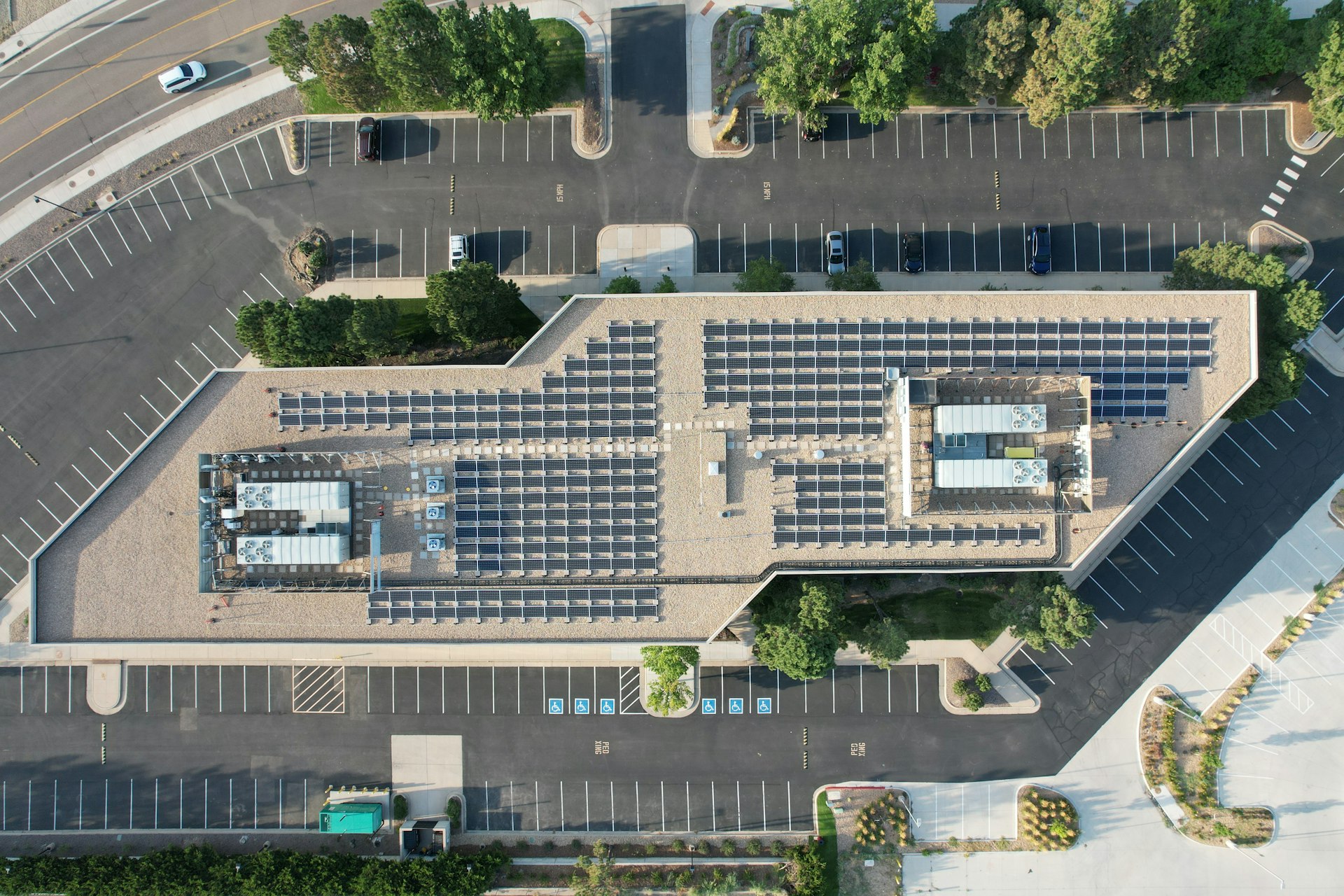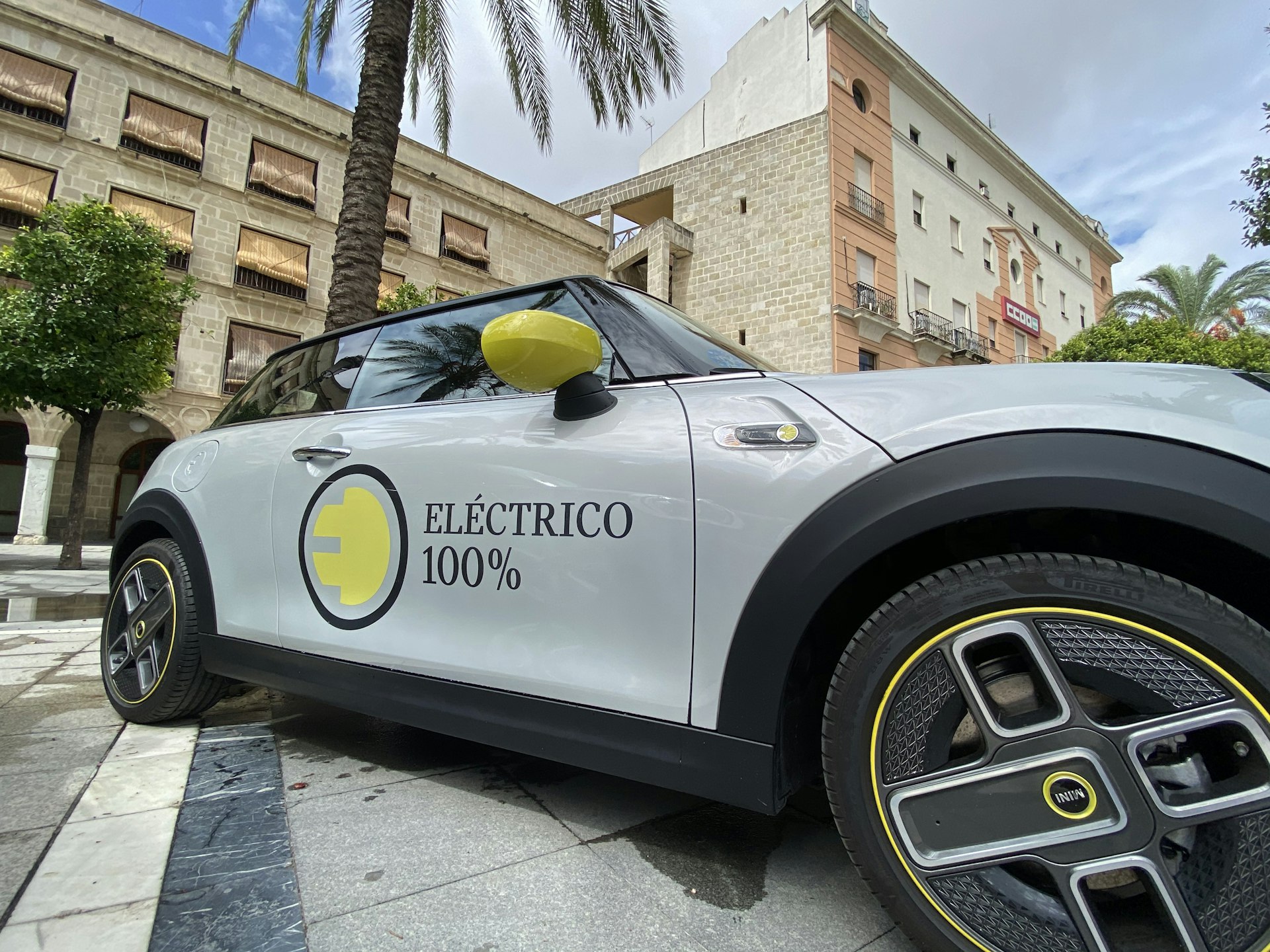Driving Innovation: The Future of Energy-Efficient Automotive Air Conditioning

Photo by Leo_Visions on Unsplash
Introduction: A New Era of Automotive Climate Control
The automotive industry is on the brink of a revolution in air conditioning technology. Driven by a surge in electric vehicles (EVs), changing consumer expectations, and a global push for sustainability, energy-efficient automotive air conditioning (AAC) is rapidly evolving. This article explores key trends, innovations, and actionable steps for accessing and implementing the next generation of automotive HVAC solutions.
The Shift to Sustainable Refrigerants
Traditional refrigerants like R134a have been widely used in automotive air conditioning systems but are being phased out due to their high global warming potential (GWP). The industry is adopting lower-GWP alternatives such as R1234yf, which offers comparable performance and can be integrated into existing systems with minimal modification. This shift is essential for meeting new regulatory standards and minimizing the environmental impact of vehicle cooling systems. [1]
Researchers are also exploring natural refrigerants like carbon dioxide (COâ‚‚). While technical challenges remain-such as managing high operating pressures-COâ‚‚’s negligible greenhouse effect makes it a promising long-term solution for eco-friendly automotive climate control. [1]
To find vehicles equipped with next-generation refrigerants, consumers can:
- Ask dealerships about refrigerant specifications in new models.
- Search for “low-GWP refrigerant vehicles” on official manufacturer websites.
- Contact vehicle manufacturers directly for technical sheets or environmental compliance documentation.
Smart Temperature Control and Zone-Specific Comfort
Intelligent temperature control systems are becoming standard in new vehicles. These systems use sensors to monitor temperature changes in each seating area and adjust airflow accordingly, ensuring comfort while minimizing energy use. [1]
Advanced features such as automated climate control, zone-specific temperature settings, and air purification are increasingly in demand. These capabilities rely on digitalization and connectivity, allowing users to control climate settings remotely and receive predictive maintenance alerts. [2]
Implementing smart AAC solutions involves:
- Choosing vehicles with multi-zone HVAC systems and advanced sensors.
- Utilizing connected car apps for remote climate management.
- Requesting demonstrations from dealerships to understand system capabilities.
Electrification and Integration with Vehicle Architecture
As the market shifts toward EVs and hybrid electric vehicles (HEVs), AAC systems must integrate seamlessly with vehicle electrical architectures. This includes improved compressors, battery thermal management, and lightweight components to maximize efficiency and range. [2]
For consumers and fleet managers considering EVs:
- Review the vehicle’s AAC specifications to ensure compatibility with battery systems.
- Consult technical support or manufacturer representatives for integration guidance.
- Search for “EV HVAC performance” on official manufacturer resources for detailed data.
Market Growth and Opportunities
The global automotive HVAC market is projected to expand from $58.81 billion in 2025 to $105.61 billion by 2034, driven by high investment in climate-control technologies, regulatory mandates, and consumer demand for comfort. [4]
Innovative features such as air quality sensors, automated controls, and personalized climate zones are becoming standard, particularly in EVs and luxury vehicles. Emerging markets are seeing increased adoption of manual and semi-automatic systems due to affordability and ease of maintenance. [4]
To access these technologies:
- Monitor new model releases from leading manufacturers for updated HVAC features.
- Join automotive technology forums or subscribe to industry newsletters for trend updates.
- Explore aftermarket solutions for retrofitting older vehicles with energy-efficient climate control.
Smart Systems and Connectivity
Digitalization has transformed AAC systems, enabling remote control, predictive maintenance, and seamless integration with infotainment. AI-powered systems learn user habits, optimize energy consumption, and even anticipate maintenance needs. [3]
Practical steps for leveraging smart AAC technology include:
- Installing manufacturer-approved apps for remote climate control.
- Setting up predictive maintenance notifications through vehicle telematics.
- Requesting system integration guides from authorized service centers.
Global Leadership and Regional Expansion
China leads the global market in electric bus HVAC systems, manufacturing 70% of global supply as of 2023. Major companies like Yutong, BYD, and CRRC are innovating rapidly, focusing on energy efficiency and comfort. [3]
With government funding and export expansion, the global market for electric bus HVAC is expected to reach $1.2 billion by 2025. [5]
Fleet operators and procurement managers can:
- Contact leading manufacturers for product demonstrations and export opportunities.
- Review International Energy Agency and Frost & Sullivan reports for market data.
- Request pilot programs or trials for new HVAC technologies in commercial fleets.
Challenges and Alternative Approaches
While energy-efficient AAC systems offer numerous benefits, challenges remain-such as integration complexity, cost of advanced components, and technical hurdles with new refrigerants. Manual and semi-automatic HVAC systems continue to be favored in emerging markets for their simplicity and low cost. [4]

Photo by Rob Wingate on Unsplash
Alternative approaches include:
- Retrofitting older vehicles with modern AAC components.
- Choosing natural refrigerants for environmentally sensitive applications.
- Participating in pilot programs for next-generation HVAC technologies.
How to Access Energy-Efficient Automotive Air Conditioning Solutions
For consumers, fleet managers, and industry professionals:
- Visit official manufacturer websites and search “energy-efficient air conditioning” for product specifications and availability.
- Request technical documentation or consult technical support for installation and integration guidance.
- Contact industry associations such as SAE International or the International Energy Agency for research and regulatory updates.
- Monitor government and regulatory agency websites for incentives, rebates, and compliance guidelines for sustainable automotive technologies.
Key Takeaways
The future of energy-efficient automotive air conditioning is defined by sustainable refrigerants, smart climate control, electrification, and global market expansion. While advanced features are becoming more accessible, consumers should verify technical specifications and consult official sources for up-to-date information. Industry professionals and fleet managers can leverage manufacturer support, pilot programs, and regulatory updates to stay ahead in the rapidly evolving AAC landscape.
References
- [1] CLHGO (2024). Automotive Air Conditioning Technology in 2025: New Standards for Energy Saving and Environmental Protection.
- [2] Market Report Analytics (2025). Automotive Air Conditioning Planning for the Future.
- [3] AllAirSolar (2025). The Future of HVAC: Trends and Innovations to Watch in 2025.
- [4] Precedence Research (2025). Automotive HVAC Market Size and Forecast 2025 to 2034.
- [5] Songzac (2025). Future Trends in E-Bus HVAC Technology Shaping 2025 Market Landscape.
MORE FROM promospotlight.com













